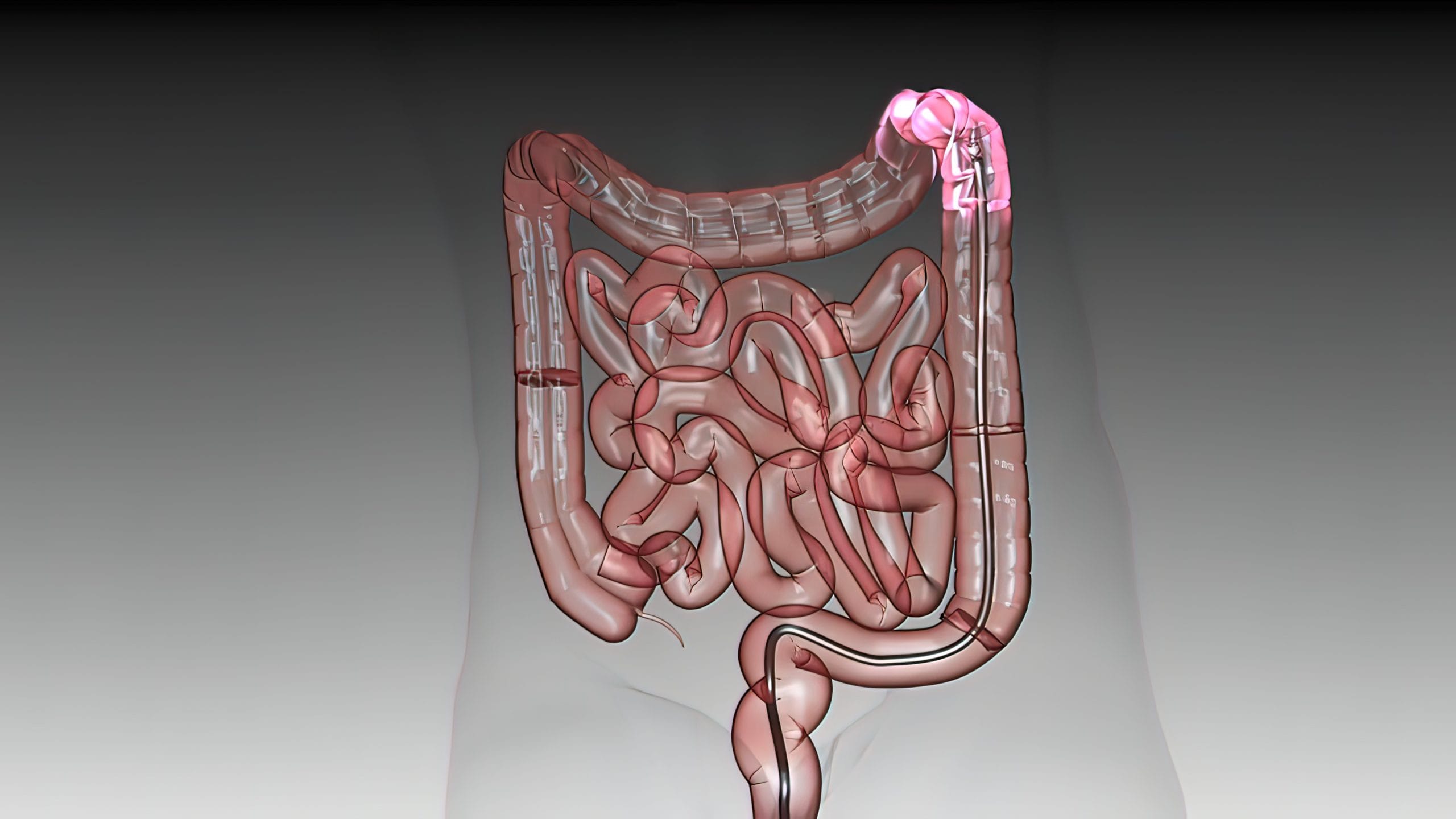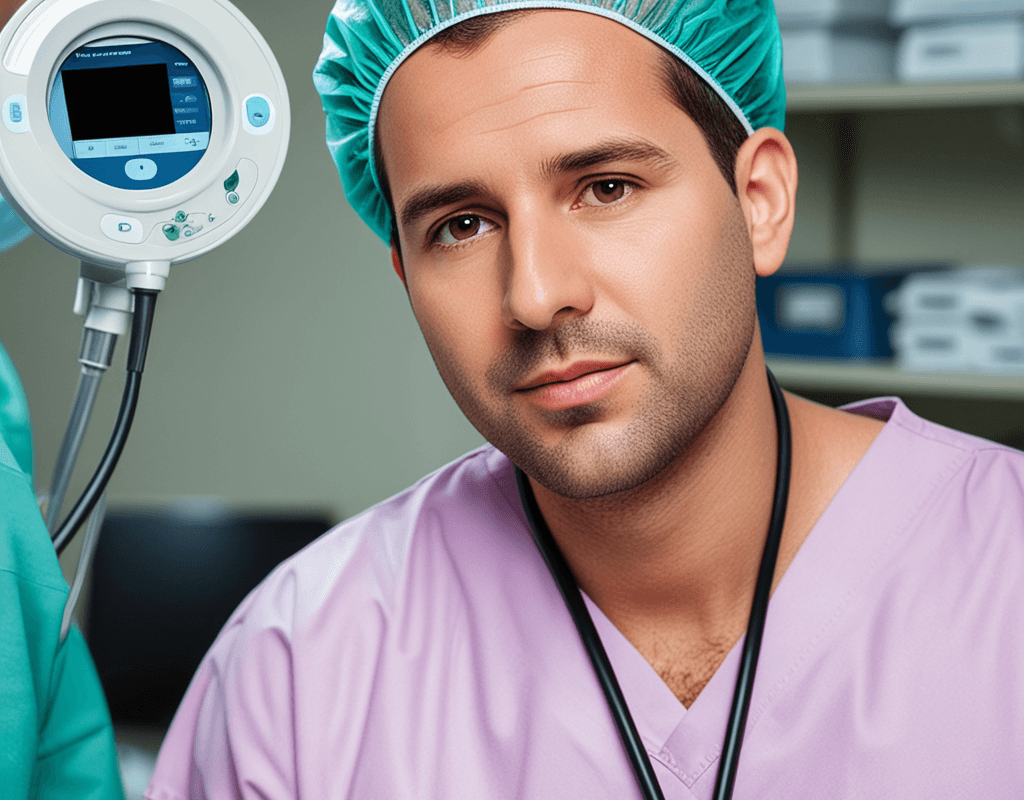
When it comes to diagnosing and treating conditions of the upper digestive system, medical professionals often refer to procedures like “upper endoscopy” and “gastroscopy.” While these terms are used interchangeably, they actually denote the same procedure with subtle differences in emphasis and usage.
This article explores the differences, uses, and highlights the benefits of both upper endoscopy and gastroscopy for patients and healthcare providers alike.
What is an Upper Endoscopy?
An upper endoscopy, medically termed esophagogastroduodenoscopy (EGD), is a procedure designed to examine the upper part of the digestive tract, encompassing the esophagus, stomach, and the initial segment of the small intestine known as the duodenum.
Utilizing an endoscope—a slender, flexible tube equipped with a camera and light at its tip—this procedure allows for visualization and, when necessary, treatment of conditions within these regions.
When is an Upper Endoscopy Recommended?
Upper endoscopy is commonly recommended for patients experiencing symptoms such as:
- Persistent heartburn or acid reflux, to assess the severity of gastroesophageal reflux disease (GERD) and its impact on the esophagus.
- Chronic nausea and vomiting, aiming to identify underlying structural abnormalities or infections contributing to these symptoms.
- Unexplained weight loss, to investigate potential causes like ulcers, cancer, or celiac disease.
- Difficulty swallowing (dysphagia), to detect obstructions or issues with esophageal motility.
- Upper abdominal pain, in order to investigate possible causes such as ulcers, gastritis, or other gastrointestinal issues.
What is Gastroscopy?
Gastroscopy is another term for the procedure known as upper endoscopy. The term “gastroscopy” specifically highlights the examination of the stomach (“gastro” referring to stomach and “scopy” meaning to look).
While it essentially involves the same process as an upper endoscopy, the term is often used in contexts focusing on the examination and treatment pertaining specifically to the stomach.
Distinguishing Between Upper Endoscopy and Gastroscopy
Though upper endoscopy and gastroscopy are technically the same procedure, the difference often lies in their focus and terminology:
- Scope of Examination: “Upper endoscopy” emphasizes a broader examination of the esophagus, stomach, and duodenum, whereas “gastroscopy” specifically focuses on the stomach.
- Regional Terminology: In some regions or medical practices, “gastroscopy” might be more commonly used, while “upper endoscopy” is preferred in others.
- Contextual Usage: Gastroenterologists might use “gastroscopy” when discussing procedures centered around stomach-related issues, while “upper endoscopy” is used for a more comprehensive examination.
Preparing for an Upper Endoscopy or Gastroscopy
Preparation for these procedures typically involves fasting for several hours beforehand to ensure an empty stomach. This fasting period is crucial for clear visibility and reduces the risk of complications during the procedure. Patients may also need to adjust their medication intake, especially if they are on blood thinners or have diabetes.
What to Expect During the Procedure
The procedure is usually performed under sedation, ensuring patient comfort. The endoscope is gently inserted through the mouth and guided down the esophagus into the stomach and duodenum.
The camera on the endoscope sends real-time images to a monitor, allowing the doctor to examine the lining of these organs closely. If necessary, the doctor can take tissue samples (biopsies) or treat conditions such as bleeding ulcers or polyps during the procedure.
Benefits and Risks of Upper Endoscopy and Gastroscopy
Benefits
- Diagnostic Accuracy: These procedures provide a clear view of the upper digestive tract, helping in accurate diagnosis of conditions like ulcers, cancers, and celiac disease.
- Therapeutic Capabilities: Besides diagnosis, they allow for treatment, such as removing polyps, treating bleeding, or dilating narrowed areas (strictures).
- Minimally Invasive: Compared to surgical options, upper endoscopy and gastroscopy are less invasive, often requiring only mild sedation and resulting in quick recovery.
Risks
- Complications: Though rare, there are risks such as bleeding, infection, or perforation of the examined organs.
- Sedation Risks: Some patients may experience adverse reactions to sedation, though these are generally mild and manageable.
After the Procedure: Recovery and Follow-up
Post-procedure, patients typically recover from sedation within a few hours. Some may experience mild throat discomfort or bloating, which usually resolves quickly.
It’s essential to follow the doctor’s advice regarding diet and activities after the procedure. Results from biopsies or other tests are typically available within a few days, and the healthcare provider will discuss these findings and any necessary follow-up steps.
Choosing the Right Procedure
Whether referred to as an upper endoscopy or gastroscopy, this procedure is a vital tool in diagnosing and treating upper digestive tract conditions. Understanding the differences between the terms can help patients communicate more effectively with their healthcare providers and make informed decisions about their care.
If you experience symptoms like persistent heartburn, unexplained weight loss, or difficulty swallowing, consult your doctor about whether an upper endoscopy or gastroscopy might be right for you.
For more in-depth information or to schedule a consultation with a qualified gastroenterologist, please contact (916) 983-4444. Remember, early detection and prompt treatment are crucial for effectively managing digestive health conditions.
Frequently Asked Questions
What’s the difference between an upper endoscopy and a gastroscopy?
They’re the same procedure! “Upper endoscopy” looks at the esophagus, stomach, and duodenum, while “gastroscopy” focuses on the stomach.
When do I need an upper endoscopy?
If you have problems like heartburn, nausea, weight loss, trouble swallowing, or stomach pain, your doctor might suggest an upper endoscopy to find out what’s causing it.
What happens during the procedure?
You’ll be given medicine to relax. A small tube with a camera is inserted through your mouth to check your esophagus, stomach, and duodenum. The doctor might take samples or treat any problems while they’re looking.
How do I prepare for an upper endoscopy or gastroscopy
You’ll need to fast for several hours before the procedure. If you take certain medications, like blood thinners, your doctor might ask you to adjust them beforehand.
What are the benefits of having the procedure?
The procedure helps doctors see inside your digestive system, find problems like ulcers, and even fix issues during the exam, all with less recovery time than surgery.
Are there any risks?
There can be some risks, like bleeding, infection, or a tear in the digestive tract, but these are rare. There may also be mild side effects from the medicine, but they are usually easy to handle.
What happens after the procedure, and when will I get the results?
After the procedure, you’ll wake up in a few hours. You might feel some throat discomfort or bloating, but it should go away soon. The results will be ready in a few days, and your doctor will explain them to you.




